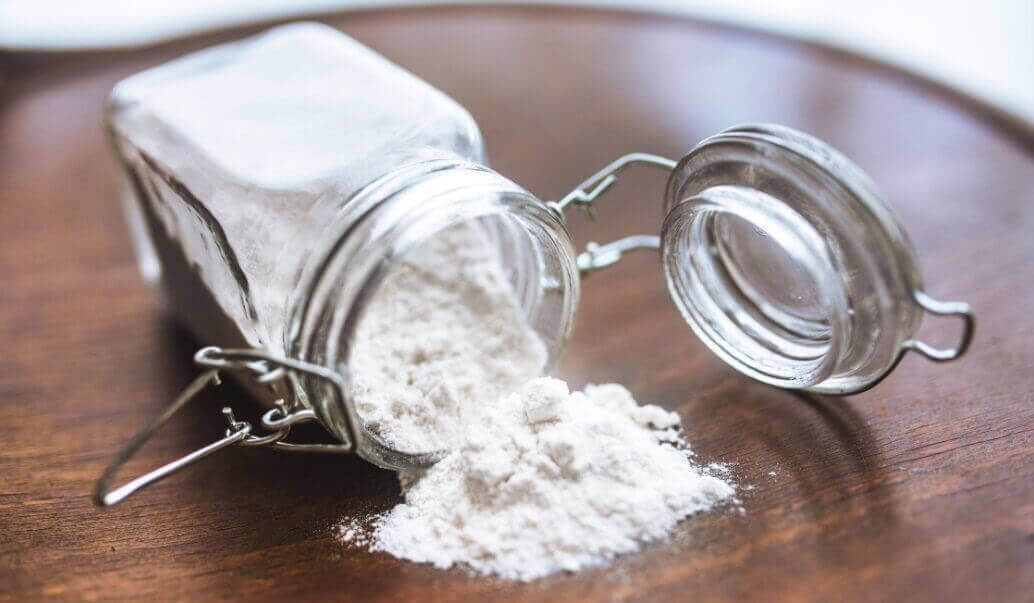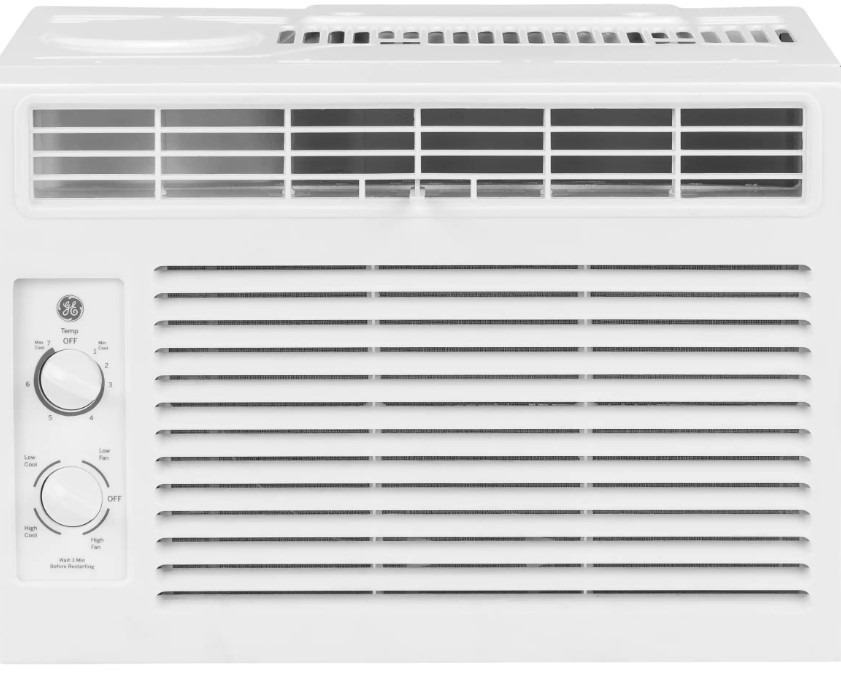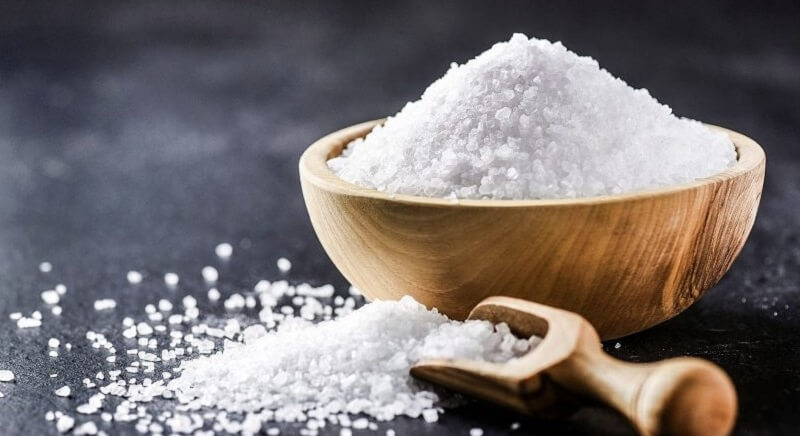It can be quite frustrating when mildew starts to grow on your shower curtain. It is an unflattering sight and a health hazard that can lead to allergies and asthma.
Mildew thrives in warm and humid conditions, which is exactly what your bathroom becomes after you have just had a shower.

Because of this, the first thing you would want to do is reduce the humidity in your bathroom. There are ways to do this, but we will get into that later in the article.
One of the most common questions when people are looking for a new shower curtain is, do all shower curtains get moldy? unfortunately, the answer is yes.
Many people opt for fabric shower curtains, thinking they are an exception, but they only make mold invisible for longer.
Unlike curtains made from plastic and other smooth surfaced materials, mold can get deep into the fibers of fabric shower curtains, get cozy within, and multiply, probably much more easily than on other materials.
The best thing you can do is to take preventative measures. Here are a few quick and easy ways you can mildew-proof your shower curtain:
Contents
1. Wash the curtain regularly
If your curtain or liner is machine washable, then make a habit of washing it regularly.
To do this, place some bath towels at the bottom of the washing machine, then the curtain over the towels, and layer more towels on top.
Add your detergents as usual, plus ½ a cup of baking soda. Set the machine to the ‘gentle’ setting with hot water, and then remove the curtain just before the spin cycle begins and hang it up to dry.

Alternatively, if you don’t have a washing machine or have a curtain whose material is not machine wash safe, you can lay the curtain on a clean surface and take a good scrub at it with a soft brush or scouring pad, and then hang it out to dry.
Do this every other week or once a month, depending on the climate in your area and how well your bathroom is ventilated to keep your shower curtain mildew-proof.
2. Cut your shower curtain
The best thing about plastic shower curtain liners is that you don’t have to keep them in the original size they came in. You can cut them to fit your shower or bathtub.
Because the curtain liners are mostly one size fits all, they are often quite large to fit even the biggest space, which causes a lot of packing and gathering of the excess curtains.
These little folds trap water that cannot dry out, causing milder spores to grow.

Image: Cottonbro
To properly cut your shower curtain, pull it to one side of the shower, and measure a good length that will still keep water in the shower.
Cut out the excess, and you should be ready to go. This helps keep your shower liner from getting dirty and moldy.
Even with this method, you still need to take other measures, like cleaning your curtain.
3. Shake the curtain after every use
As mentioned in the previous section, the curtains have little folds where water gets trapped, causing mildew to grow.
After you have finished taking a bath or shower, stretch out the shower curtain and shake it gently to remove the excess water; before opening it up, allow it to dry properly.
If you skip this step, your curtain will not dry out completely, and mildew will most certainly form, especially if you use a fabric shower curtain.
4. Air out the bathroom

As mentioned at the beginning of this article, mildew thrives in warm and moist environments.
Because of this, you should leave the bathroom doors and windows open after you shower to allow the humid air to escape and cool air to come in.
In addition, exposure to the sun kills mold spores and prevents mildew from developing. However, leaving the windows closed is better if you live in a generally humid area.
You can use an air conditioner and/or humidifier instead.
5. Use vinegar
This is especially helpful if you already have mold or mildew growing on your curtain, but it is also a good preventative measure.
Spraying white distilled vinegar on your shower curtain kills mold spores that may have formed.
If you don’t have white vinegar or don’t like the smell, you can opt for hydrogen peroxide instead. However, be mindful that it works just like chlorine bleach, so you should be especially careful with this one.
Additionally, when using hydrogen peroxide, store it in an opaque spray bottle because any exposure to sunlight will break it down and make it ineffective.
6. Using salt

Another thing you can do is wash your shower curtain with salt to mildew-proof it. Just like white vinegar and hydrochloric acid, salt also kills mold spores when used in high concentrations.
To do this, fill your bathtub or a large basin with warm water to about 3 inches deep, add two cups of salt, and stir until it is all dissolved.
Put your shower curtain in the saltwater solution and make sure it is fully submerged. Allow it to soak for at least half an hour, and then hang it up to dry without rinsing it.
7. Use a mildew-proof shower curtain
To save yourself the trouble of having to do all the washing and airing, and soaking, you can simply just buy a mildew-resistant shower curtain. There are many of these available in the market, but we recommend LiBa PEVA 8G.
As a tip, if you are unsure whether the dark spot on your shower curtain indicates mildew or just dirt, you can use a few drops of chlorine bleach on it. If the stain disappears after application, then it is most likely mildew. However, if it is dirt, the bleach will have no effect.
